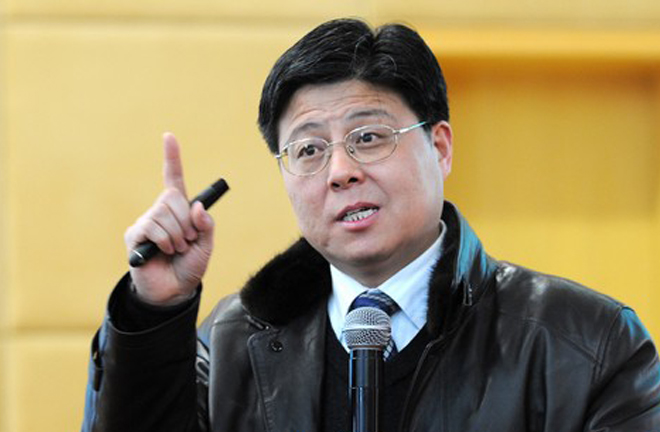QI SHAOZHOU: Well-designed carbon market promotes sustainable economy
 In recent years, policymakers around the world have begun to consider carbon trading as a means to conserve energy and reduce emissions. In 2011, China set up seven pilot regions for carbon trading. However, China is still facing various problems and challenges in its efforts to build a carbon trading system.
In recent years, policymakers around the world have begun to consider carbon trading as a means to conserve energy and reduce emissions. In 2011, China set up seven pilot regions for carbon trading. However, China is still facing various problems and challenges in its efforts to build a carbon trading system.
The carbon market can minimize the cost of emission reduction. Under this system, the government sets a cap on emissions and allocates permits to firms based on reduction targets. Unlike carbon taxes, a purely punitive measure that cannot control the amount of carbon emissions, the carbon market sets legal limits for emissions reduction and can function as both an incentive and a punishment.
A firm that produces less emissions than it is allotted can trade the right to emit carbon to other firms. And the benefits obtained in this way can be invested to conserve energy, reduce emissions or upgrade technology. By contrast, an enterprise that emits more carbon than it is allowed would be required to purchase the right to emit more. Thus, the carbon market will help realize the reduction targets while optimizing the industrial and energy structure.
To this end, effective carbon prices and strict implementation are needed. Only in this way are firms willing to weigh their reduction cost against carbon prices and choose to reduce emissions at the minimal cost.
The allocation of permits is a top concern for governments and enterprises around the world, especially in regions with rapid growth. Various factors should be taken into consideration, such as the construction of emissions databases, the cost of implementing carbon trading regimes, the relocation of carbon-intensive manufacturing enterprises overseas to avoid restrictions, industrial competitiveness and regional differences. Moreover, the constantly changing global economic landscape and the fluctuation of real output also complicate efforts to produce accurate computer models and forecasts.
China is an emerging economy. Some of its industries are in a period of high investment and growth, while some are operating in insufficiently competitive markets and others are monopolistic, exerting a strong influence on the market and decision-making. This makes the allocation of permits more complex. To address this issue, China should design flexible methods, such as adjusting the baseline year used for determining allocating emissions credits and reserving adequate credits for newly constructed industrial infrastructure.
In terms of institutional design, the seven pilot carbon trading regions of China show characteristics and rules peculiar to new emerging economies.
Above all, emerging economies have not reached the peak of emissions, and they are experiencing high-speed industrialization and urbanization. These economies are propped up by heavy chemical industries that are energy intensive and highly polluting, so they need more quota for emissions. The design of the carbon market needs to strike a balance between moderately high growth and environmental concerns. In addition, due to their high domestic growth rate, emerging economies do not necessarily need to lower the cap annually based on a specified ratio like developed countries.
Also, the nationwide carbon trading system should pay attention to the differences among regions and industries in order to promote fairness and efficiency.
It should be noted that the reduction targets of emerging economies tend to be based on emissions per unit GDP instead of absolute emissions, but this policy needs to change. Furthermore, a readjustment mechanism should be introduced to address uncertainty in economic growth, policy and market expectations.
Qi Shaozhou is from the Research Center for Climate Change and Energy Economy at Wuhan University.
